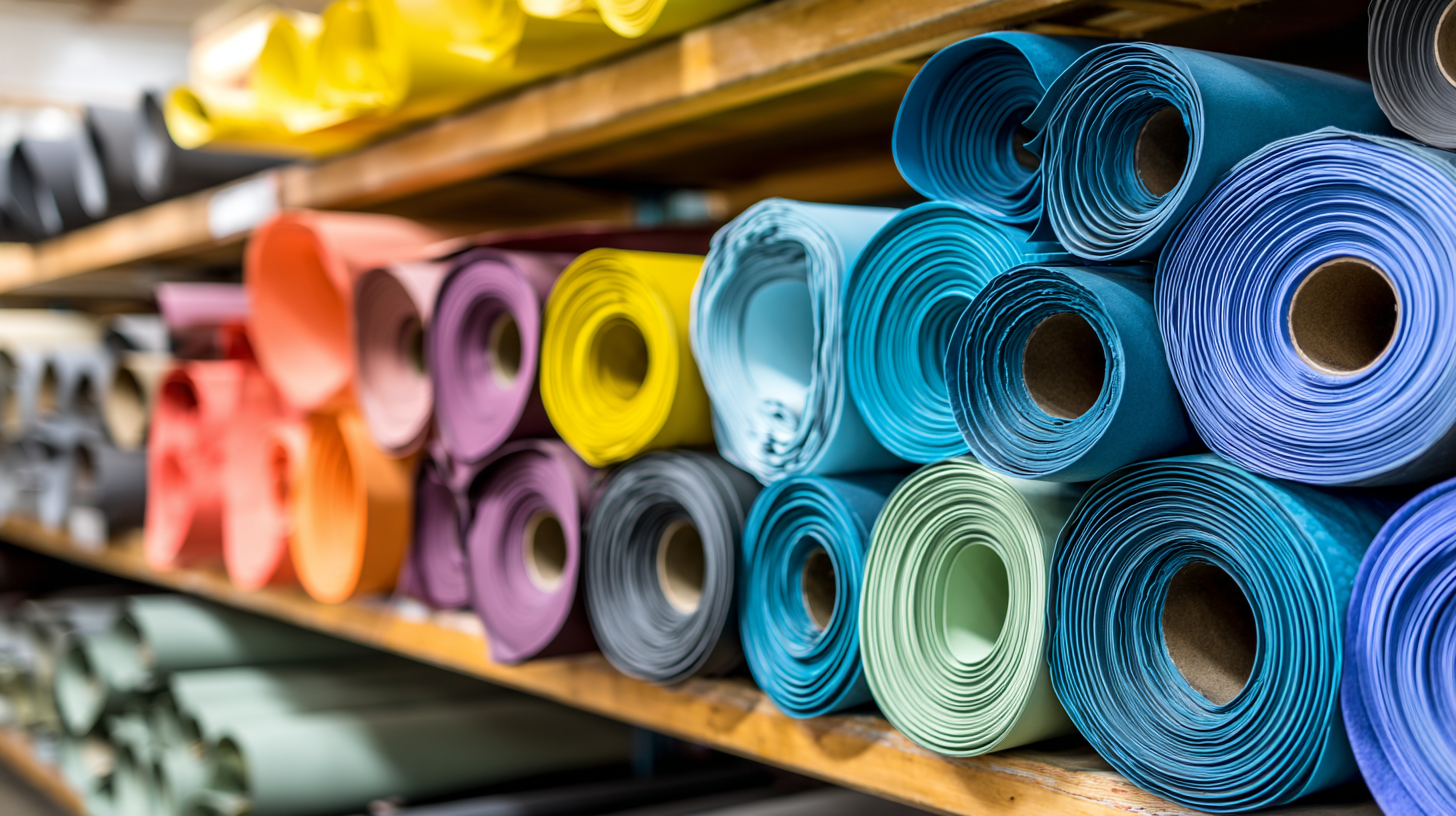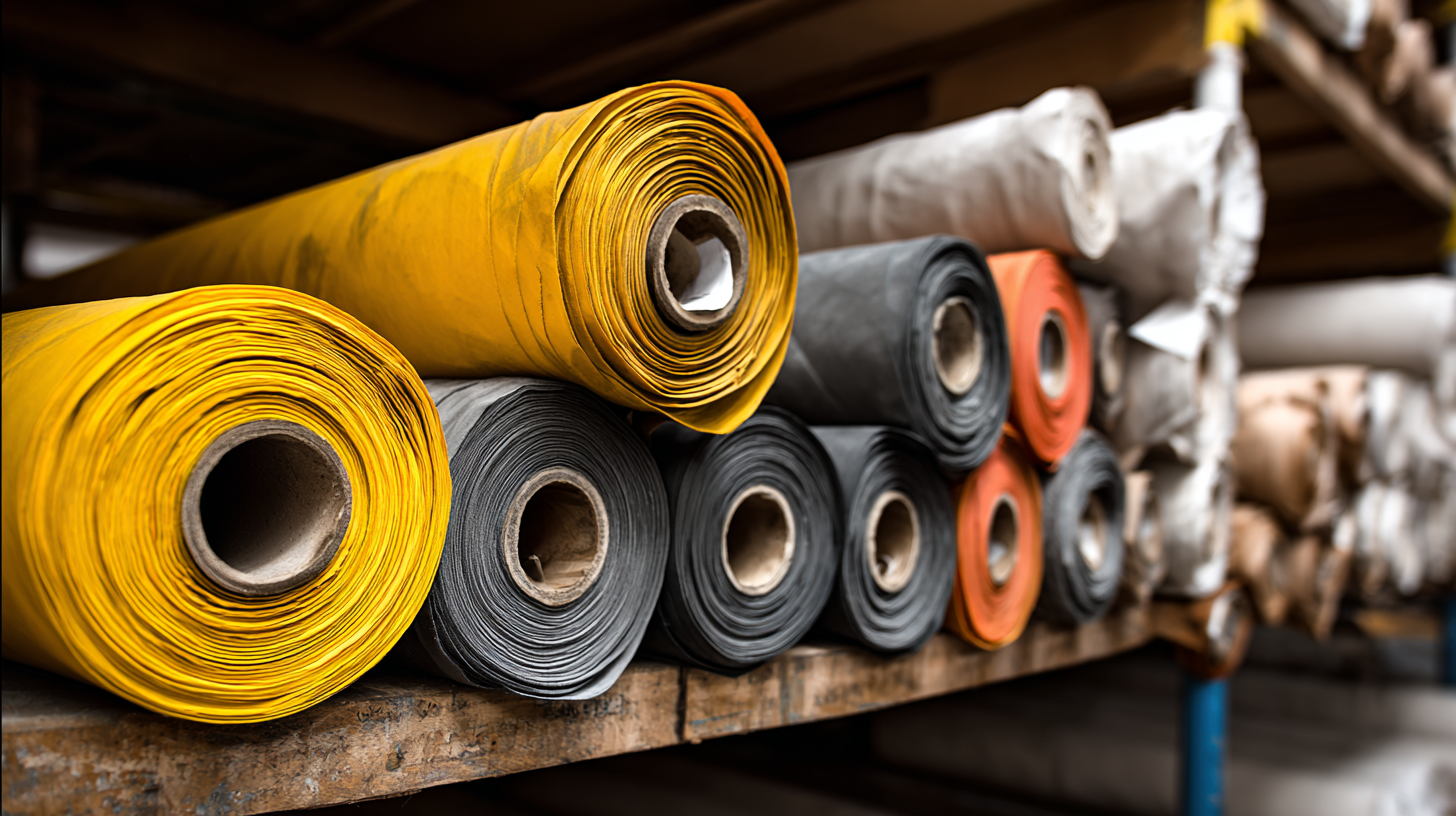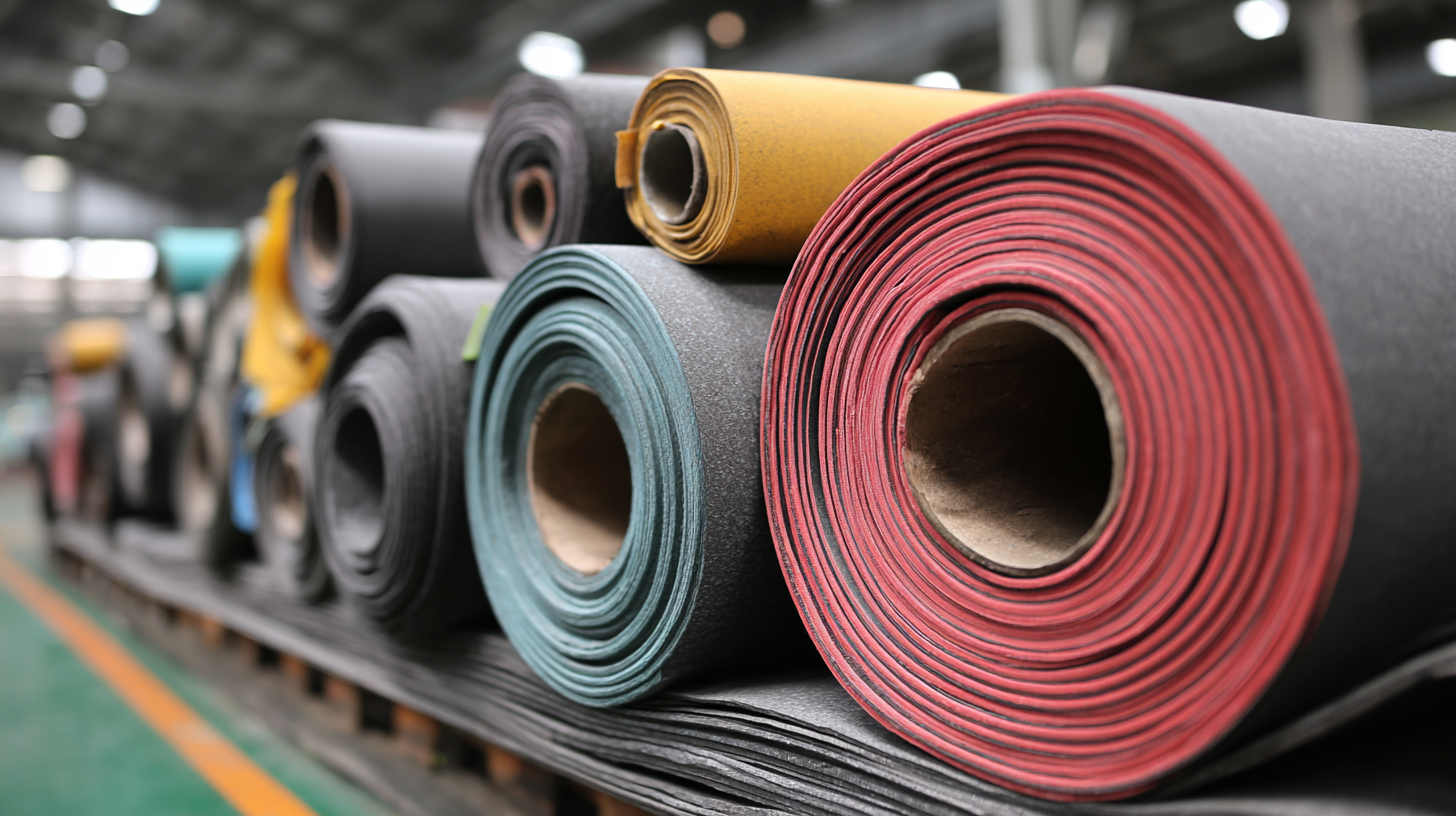

In today's increasingly interconnected global markets, the sourcing of high-quality rubber sheet rolls is not merely a matter of procurement; it encompasses navigating the complexities of trade compliance that can significantly impact a business's bottom line. According to a recent report by Grand View Research, the global rubber market is projected to reach $48.9 billion by 2025, highlighting the growing demand for various rubber products, including versatile rubber sheets.

For businesses aiming to partner with a Quality Rubber Sheet Roll manufacturer, understanding the regulatory landscape is crucial, as compliance violations can lead to substantial fines and disruptions in the supply chain. As industries continue to streamline their operations and ensure compliance, the focus on sourcing quality materials that meet international standards becomes paramount in maintaining a competitive edge.
When sourcing rubber sheet rolls in global markets, understanding trade compliance regulations is pivotal. These regulations dictate how businesses can import and export materials across borders, helping to ensure that products meet safety and quality standards.
Different countries have specific requirements regarding certifications, labeling, and documentation, which must be adhered to in order to avoid hefty fines and delays in shipping. For instance, manufacturers must ensure that their products conform to international standards like ASTM or ISO to facilitate smoother transactions.
Furthermore, navigating the complex web of tariffs and duties is essential for successful sourcing. Knowledge of Free Trade Agreements (FTAs) can lead to significant savings and competitive advantages, allowing businesses to optimize their supply chains efficiently. Companies should also remain mindful of emerging regulations related to sustainability and environmental impact, as many markets increasingly prioritize eco-friendly sourcing practices. By being well-versed in these trade compliance regulations, businesses can not only mitigate risks but also position themselves favorably in the international rubber market.
When sourcing rubber sheet rolls in global markets, understanding the key factors that impact quality in rubber sheet manufacturing is paramount. According to a report by the Rubber Research Institute, 70% of rubber sheet quality issues arise from raw material selection and processing methods. High-quality natural rubber, characterized by its superior elasticity and durability, generally leads to better end products. Thus, manufacturers must prioritize the sourcing of high-grade rubber from reputable suppliers to enhance overall quality.

Another significant factor is the manufacturing process itself. The American Society for Testing and Materials (ASTM) highlights that improper vulcanization can severely affect the mechanical properties of rubber sheets, leading to issues such as premature wear or failure under stress. Regular quality control and adherence to international standards, such as ISO 9001, are critical in mitigating these risks. Moreover, advances in manufacturing technologies can also influence quality outcomes; for instance, processes like precision molding and automated quality assurance systems can ensure consistent rubber sheet quality across different batches, reflecting the strive for excellence in today's competitive markets.
When sourcing rubber sheet rolls globally, evaluating suppliers requires a strategic approach to ensure compliance with trade regulations and the quality of materials. First, it’s essential to conduct thorough due diligence on potential suppliers. This includes investigating their certifications, production processes, and quality control measures. Look for suppliers who adhere to international standards like ISO certifications, as these provide assurances about their commitment to quality and reliability.
Additionally, establishing communication channels for clear and consistent dialogue is crucial. Engaging in direct discussions with suppliers about their sourcing practices, material specifications, and compliance history can provide valuable insights. Utilizing third-party audits or reviews can also enhance your evaluation process, ensuring that suppliers meet both regulatory requirements and quality expectations. By implementing these strategies, businesses can navigate the complexities of trade compliance while securing the best quality rubber sheet rolls in a competitive global market.
This bar chart illustrates the importance of various factors when evaluating global suppliers of rubber sheet rolls, such as quality, price, lead time, and compliance. These factors play a crucial role in ensuring successful trade operations and sourcing strategies.
When sourcing high-quality rubber sheet rolls for international markets, understanding customs processes and tariffs is crucial. The global trade landscape is complex, with each country imposing its own set of regulations that can significantly impact costs and timelines. Importers must familiarize themselves with the specific requirements of the countries they are dealing with, including documentation, import quotas, and tariffs. For rubber products, this often means adhering to industry standards that vary regionally, which can influence both the quality of the materials sourced and the cost of compliance.

When sourcing rubber sheet rolls in global markets, ensuring product quality and compliance with international standards is vital. First, establish strong relationships with suppliers who have a proven track record in compliance. This not only enhances quality assurance but also fosters transparency in communication. It's essential to conduct regular audits and assessments of potential suppliers to ensure they adhere to regulatory requirements and industry best practices.
Tip: Always request samples before finalizing contracts. This allows you to evaluate the rubber's quality and performance under your specific application needs.
Additionally, stay informed about the latest regulations and standards in your target markets. Different regions may have varying compliance requirements, so understanding these nuances can prevent costly delays and potential legal issues.
Tip: Join industry associations or attend trade shows to network with compliance experts and gain insights into best practices in sourcing rubber products globally. This knowledge can be invaluable in making informed sourcing decisions.